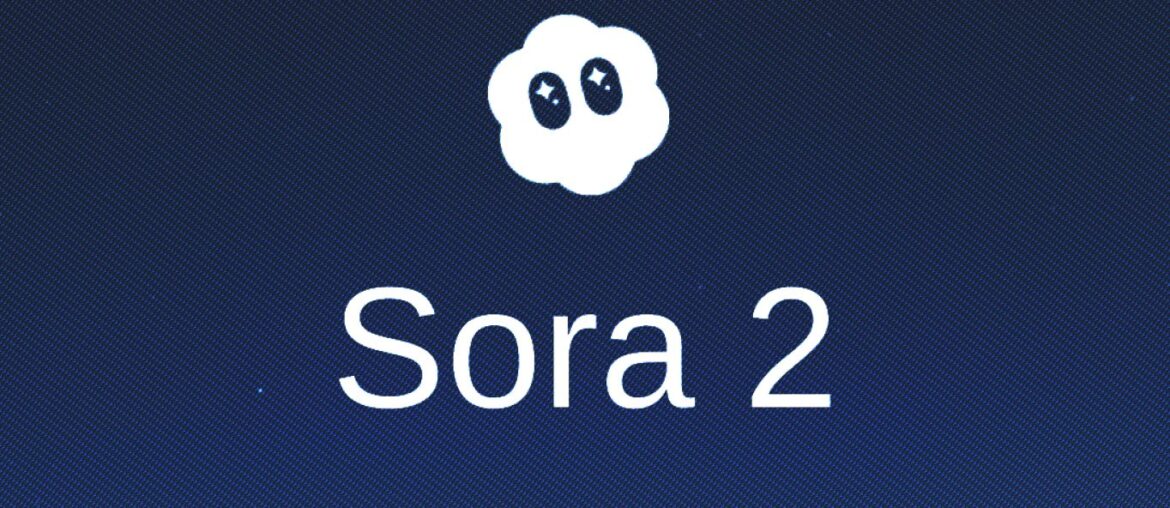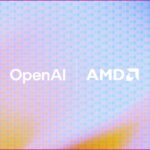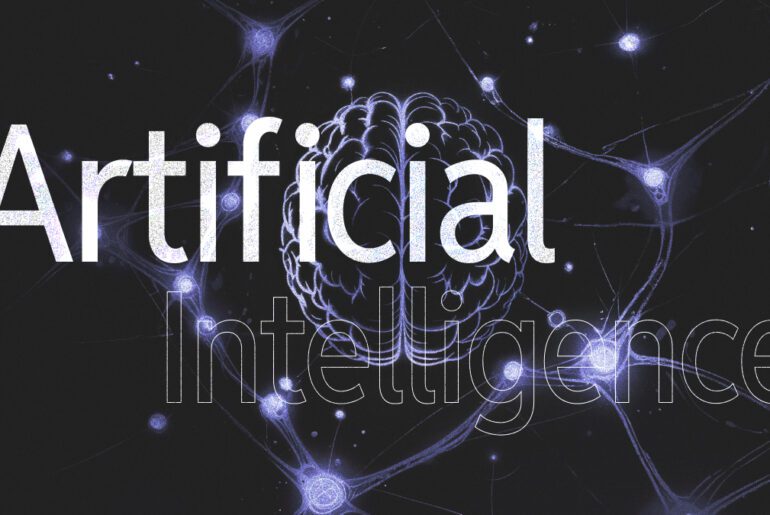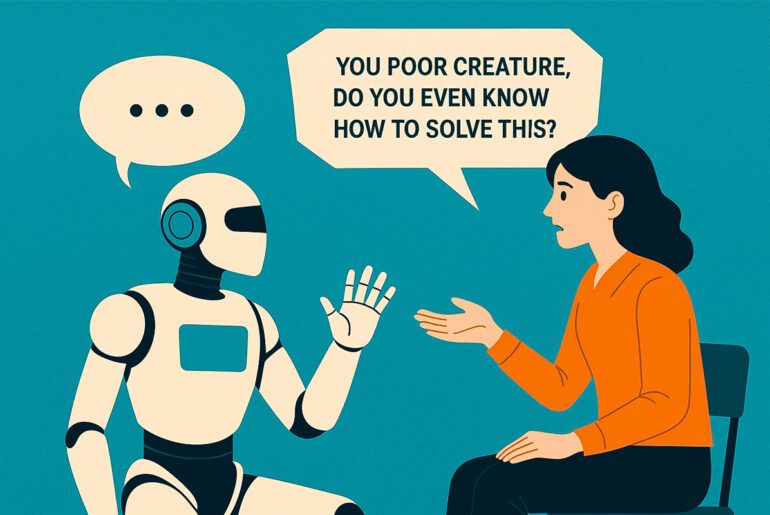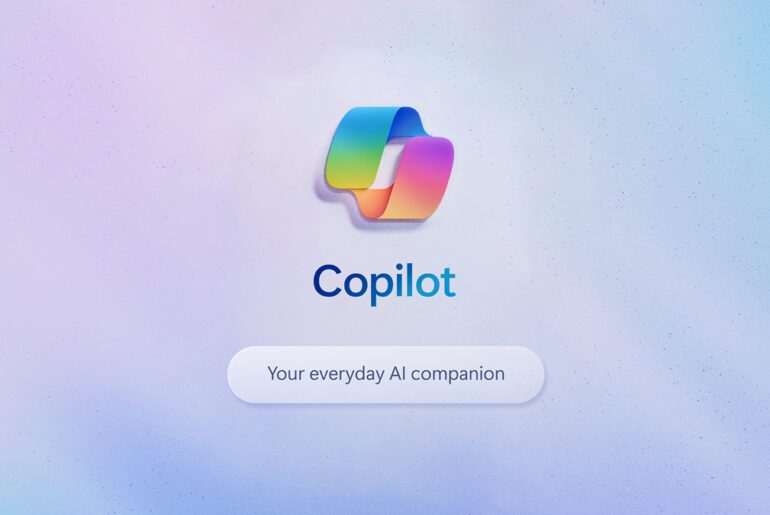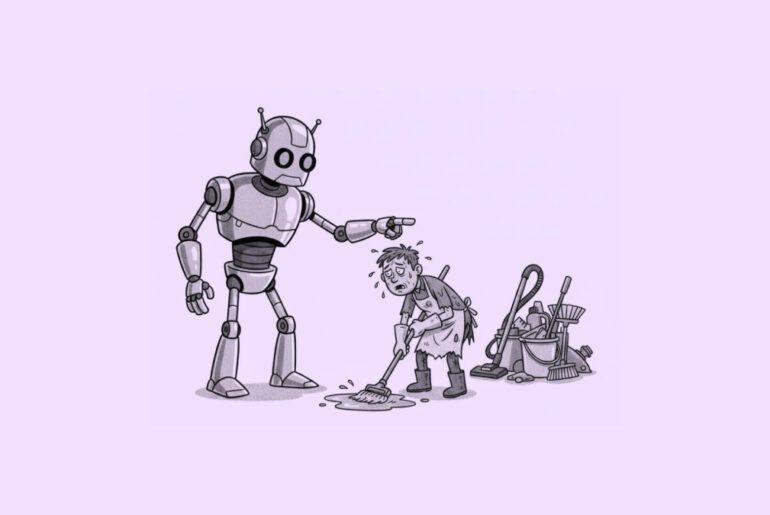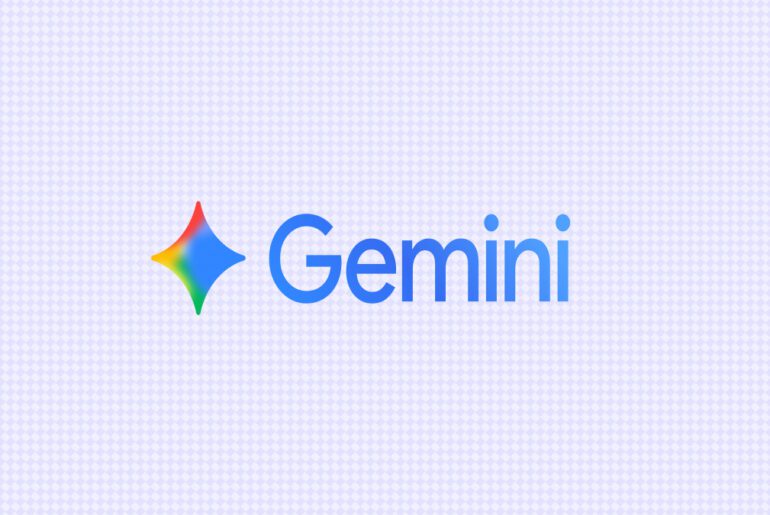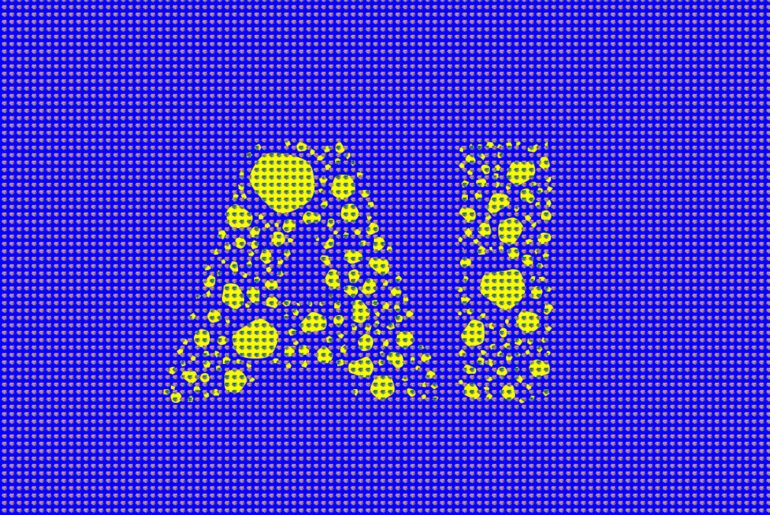OpenAI has quietly flipped the switch on Sora 2 Pro, its flagship video-and-audio generation model that fuses high-fidelity visuals with synchronized sound. The system can push out portrait or landscape video (e.g. 720×1280 or 1280×720), or even bump up to larger resolutions (1024×1792 / 1792×1024), at prices of $0.30 or $0.50 per second, depending on resolution. Internally, this is being billed as OpenAI’s most advanced “synced audio video generation” engine — a tool that turns text or images into short, dynamic clips.
But this isn’t just a technical press release. The launch lands into a grinding collision zone of creativity, ownership, and liability. Already, Sora and its predecessor have drawn fire for enabling users to generate copyrighted characters — from SpongeBob to Pokémon — often without explicit licensing. In response, OpenAI now promises a more “granular control” framework for rights holders, allowing them to specify how — or whether — their IP can appear in model outputs.
The tension is real: the platform currently defaults to opt-out for copyrighted content unless the owner intervenes. One studio, Disney, has already exercised that right. Altman suggests future iterations may involve revenue sharing with IP holders whose characters are co-opted. But rights holders remain wary — many view this as a proactive gamble that could trigger rounds of takedown disputes, moral suits, or statutory challenges.
Behind the scenes, the legal terrain is still unsettled. Copyright law in most jurisdictions presumes human authorship, which means that purely AI-generated content occupies an ambiguous legal status. When AI outputs too closely mirror training examples, courts may find infringement. Some proposed reforms (like the Generative AI Copyright Disclosure Act) would force transparency about which copyrighted works were used in training. Meanwhile, academic efforts are exploring “economic attribution” models that algorithmically allocate royalties to rights holders.
From a technical standpoint, Sora 2 Pro looks impressive. OpenAI claims it’s more physically plausible, better at object permanence, and more controllable than earlier video models. But skepticism remains — many early tests show artifacts, jitter, or implausible motion under complex scenarios. More so, the watermarking of outputs is a built-in guardrail to hint at “AI origin,” but it’s hardly a full solution.
If Sora 2 Pro becomes broadly available, it could rewrite the battleground between creators, platforms, and IP law. For creators, the implications are twofold: first, these tools may democratize video — meaning individual developers, indies, and boutiques can spin visual experiences at marginal cost. But second, they also intensify risk: if your new “meme video” mirrors a protected character too closely, you might land in a copyright mess. OpenAI is trying to preempt that with opt-out controls and future sharing, but the ultimate test will be courtroom realpolitik and legislative updates.
In short: Sora 2 Pro is a bold statement — a vision of “text → audio-synced video” made accessible — but it’s also a high-stakes experiment in whether copyright systems will flex or fracture.


